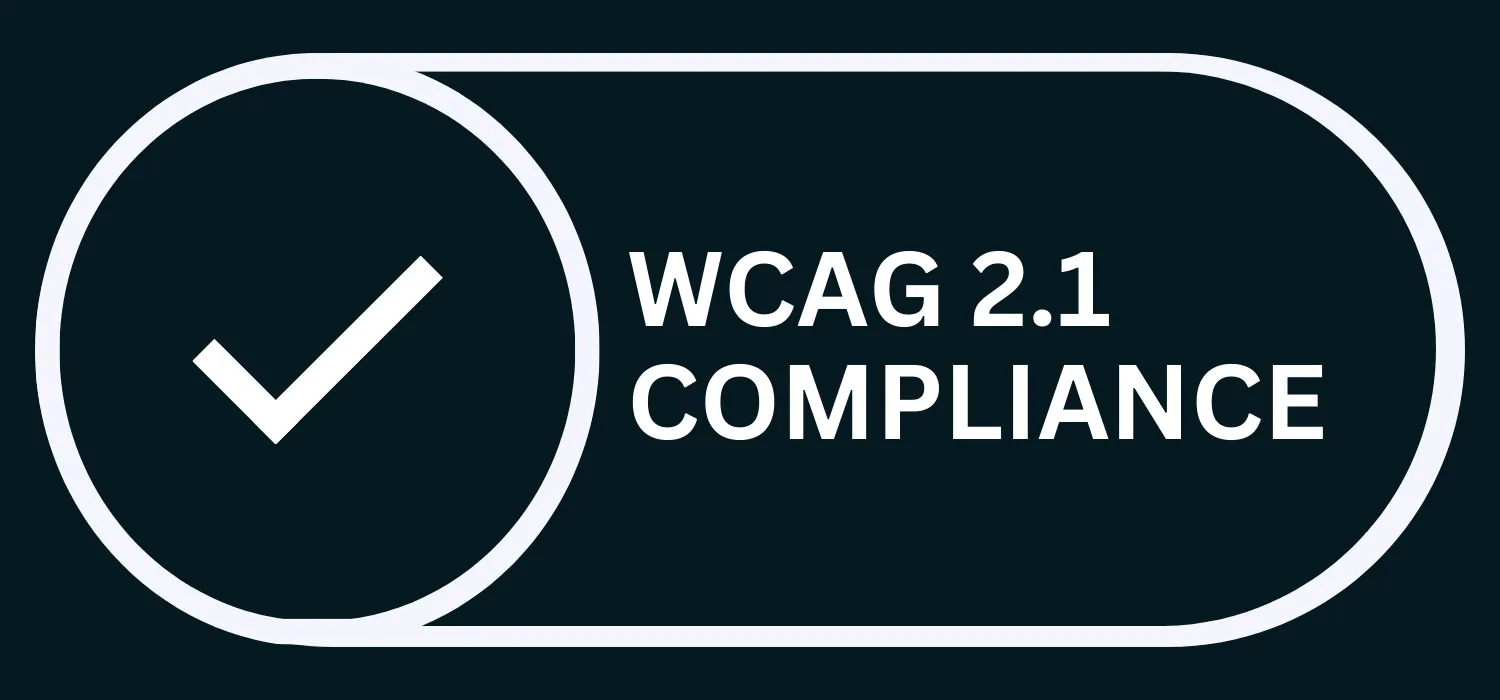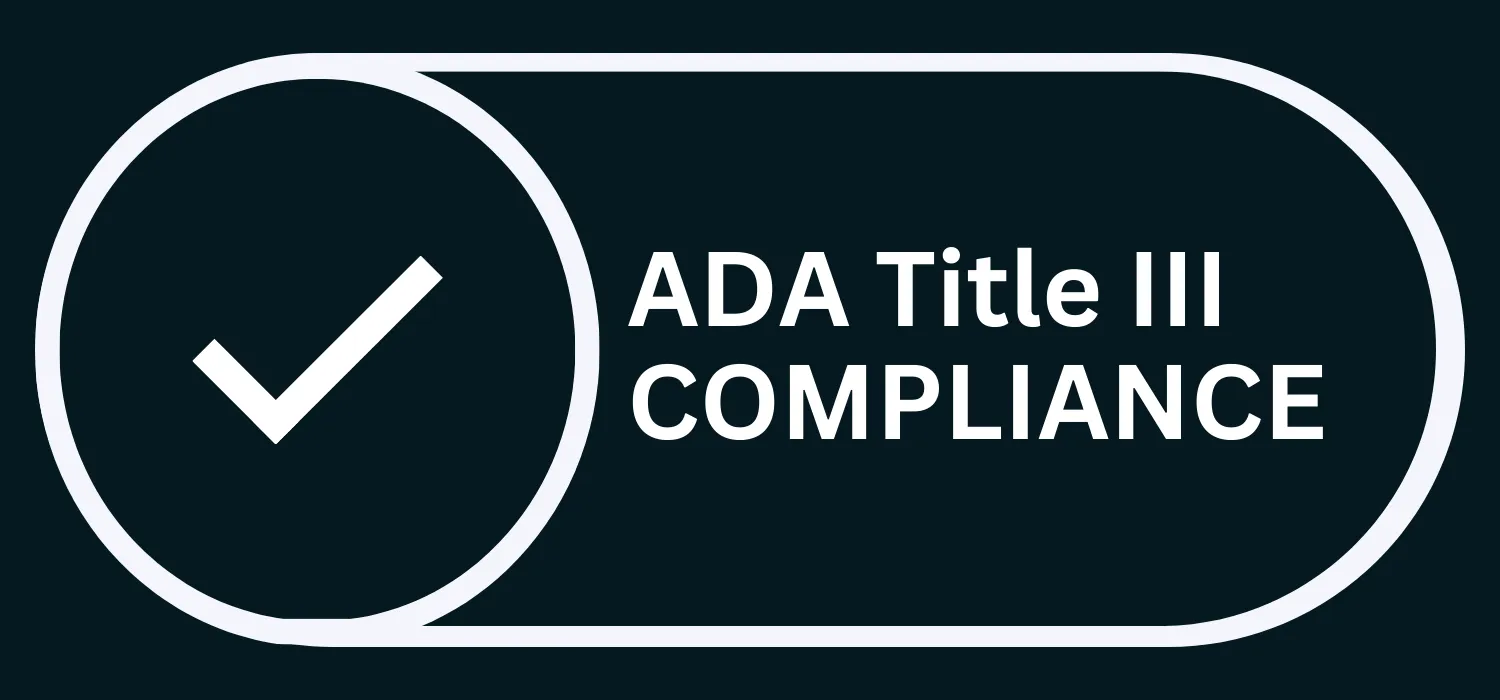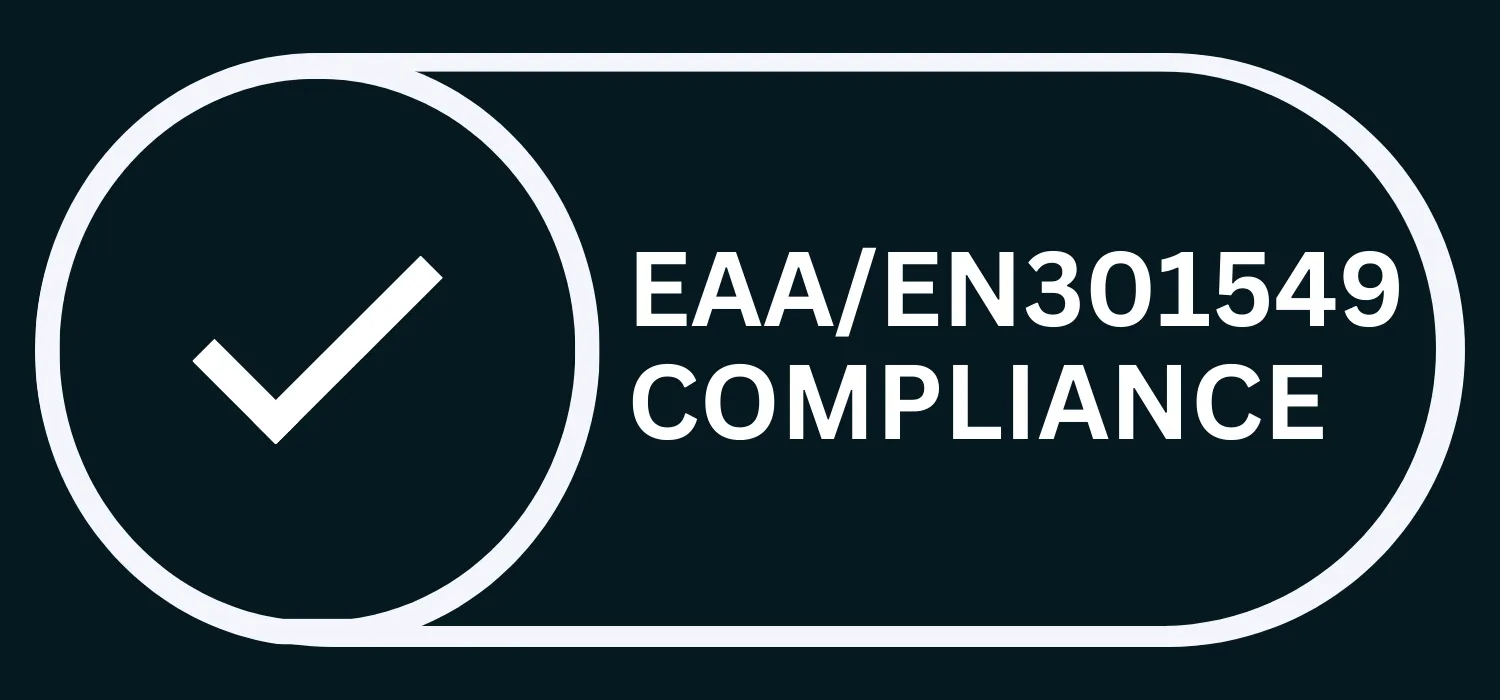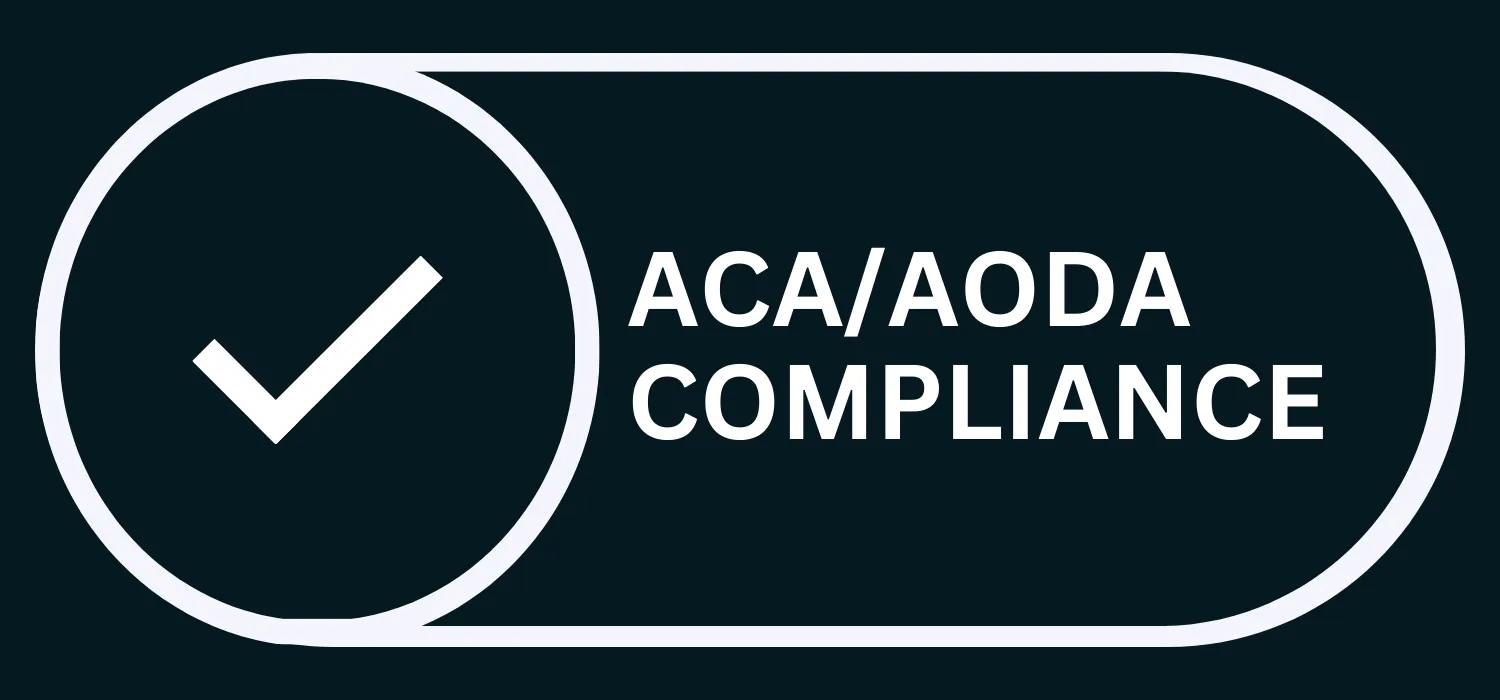Everything on AODA Compliance
What is the AODA and why does it matter?
Important 2021 update: companies are now mandated to comply with New Ontario Web Accessibility Standards by June 30th, 2021.
AODA stands for the Accessibility for Ontarians with Disabilities Act. It was ratified in 2005 by provincial authorities to fix standards for accessibility to services in Ontario.
In 2001, after years of lobbying by advocacy groups, the provincial government passedNew Window the Ontarians with Disabilities Act, which required workplaces and websites to remove barriers to participation by individuals with disabilities. It was a big step forward, but it was still very limited because it only applied to government ministries. It also didn’t have any enforcement guidelines, penalties, or compliance requirements, so it was clear that the law needed to be updated almost as soon as it was ratified.
AODA is the follow-up to the Ontarians with Disabilities Act. It improved the existing accessibility policy, laying out clear rules, deadlines, enforcement systems, and penalties, and an infrastructure that could keep accessibility policy up to date. Among other things, AODA codified standards for web accessibility.

What does the AODA require?
Like most web accessibility legislation, the accessibility standards of AODA are based on the WCAG 2.0 guidelines from W3C.
The WCAG (Web Content Accessibility Guidelines) is a set of international web accessibility standards that websites must adhere to in order to become accessible. The WCAG consists of 4 principles that act as the foundation for the guidelines’ complex requirements. These essential principles are: perceivable, operable, understandable, and robust.
While the WCAG is not a set of laws to be enforced, it is, however, setting the web accessibility standard and is referenced within several worldwide legislation as such for making websites accessible at the mandated level. Those who achieve compliance with the WCAG, achieve compliance with the legislation of their jurisdiction, and this includes those covered by AODA.
But it has some exceptions for content that can’t be made accessible:
-
Some online maps and complex diagrams. In those cases, website owners need to provide an accessible version upon request, but that version might be of lower quality.
-
Software or programming tools that aren’t compatible with accessibility mechanisms and were used to make certain site features.
-
Web content posted before 2012. If that content is updated, then AODA rules will apply.
AODA has 2-time frames for web-accessible content:
-
All websites have to reach WCAG 2.0 Level A compliance by January 1st, 2014
-
Websites have to reach WCAG 2.0 Level AA (other than criteria 1.2.4 (live captions) and 1.2.5 (pre-recorded audio descriptions), by January 21st, 2021
Does the AODA affect me?
If your business is registered in Ontario, then yes, AODA applies to you. Part II of AODA states very clearly that its rules apply to all governmental and private websites, whether they are run by individuals or corporations.
AODA also set up the Accessibility Standards Advisory Council to advise the Ontario government about future accessibility policy. The council can recommend reforms and updates to the accessibility requirements laid out in AODA, so it’s important for Ontario business owners and website managers to stay up to date with changes to the accessibility standards.
How can you know if a website is AODA compliant?
How are you supposed to know if your website is up to date with web accessibility standards? As a first step, it’s crucial that business owners and website managers audit their website. LCS offers a FREE web accessibility audit that provides a detailed report of both accessibility and compliance levels. Once you have a clear understanding of what barriers exist on your website, it becomes simpler to draw up a plan of action and decide which tools are best suited to help you elevate to the proper WCAG and AODA compliance levels.
What if my website doesn’t comply?
AODA’s accessibility requirements have teeth, so it’s not a good idea to ignore them. Failure to comply can result in fines of $50,000 per day or part day for individuals, and fines of up to $100,000 per day or part day for corporations.
AODA contains very specific violations categories as well as penalties for those violations. The three groups of AODA infractions are:
Minor - the lack of specific accessibility requirements.
These violations occur when a specific feature on a site is inaccessible to a particular type of disabled person. For instance, text content is incompatible with a screen reader.
Moderate - Lack of “organizational preparedness”
This can occur when a company demonstrates a disregard for accessibility standards on its online platforms.
Major - elements that can pose a safety or health risk to persons with disabilities.
This category applies more to physical structural issues than online platforms. But it is not inconceivable that a website could be deemed as committing a major level violation. For example, the WCAG’s Success Criterion G19 requires minimal light flashes on a webpage to avoid triggering seizures in users with various photo-sensitivities. A site with flashing-light features--and no tools to control them--could be considered endangering certain disabled users.
Within these definitions, there is certainly room for interpretation. Whether a violation is minor, moderate, or major, is decided at the legal proceedings following a complaint.
Another factor determining the severity of a violation is the violators' compliance history.
-
Minor - First offense
-
Moderate - 2 to 5 offenses
-
Major - 6 offenses or more
The Ontario government isn’t taking these accessibility standards lightly. Failure to comply with the AODA web accessibility rules can result in fines of $50,000 per day or part day for individuals and fines of up to $100,000 per day or part day for corporations.
Are there other accessibility laws in Canada that I need to know about?
Although AODA is Ontario’s main accessibility legislation, it doesn’t replace existing laws that could affect accessibility policy. Ontario already has human rights legislation that forbids discrimination against people with disabilities, the Ontario Human Rights Code. AODA could be seen as an addition to this law, so someone who violates AODA could also be reviewed by the Ontario Human Rights Commission.
The human rights legislation mentioned above that protects people with disabilities from discriminatory practices is referred to as the ACA - The Accessibility Canada Act, which is a federal law in Canada that requires various industries to comply with accessibility rules.
Governmental organizations, sectors that are federally regulated, and state-owned enterprises must comply with the ACA by submitting accessibility reports to the government authority that include accessibility plans and progress reports (both of which address the “barriers” organizations remove to provide equal access to people with disabilities). Submitting these reports is how governmental organizations, sectors that are federally regulated, and state-owned enterprises can comply with the ACA.






